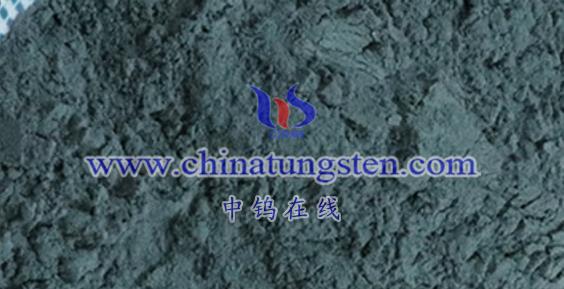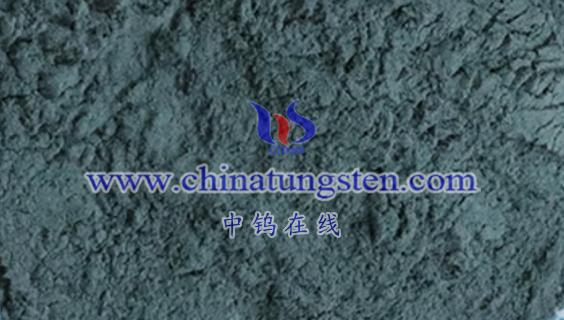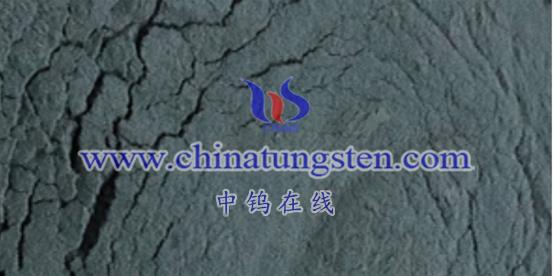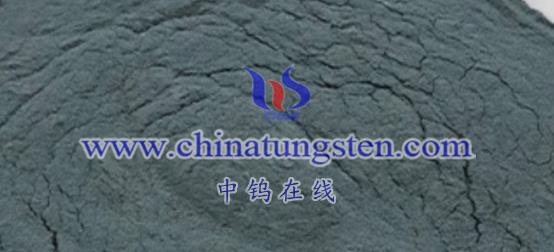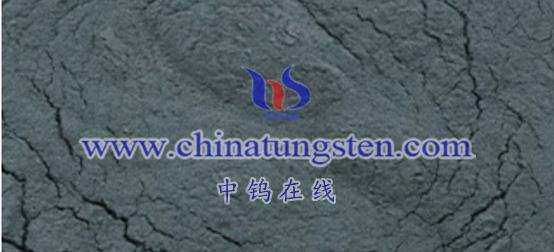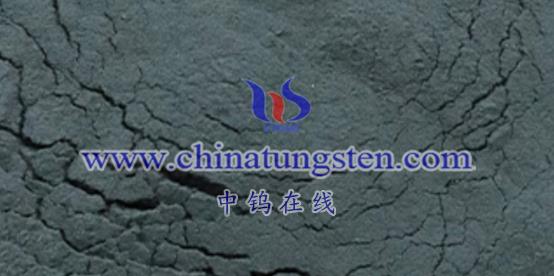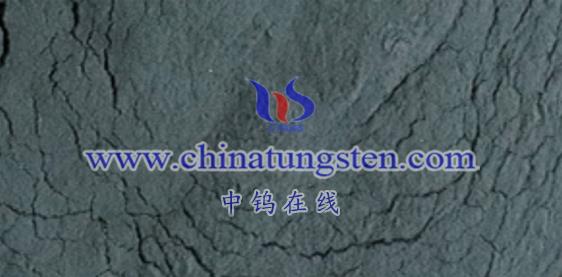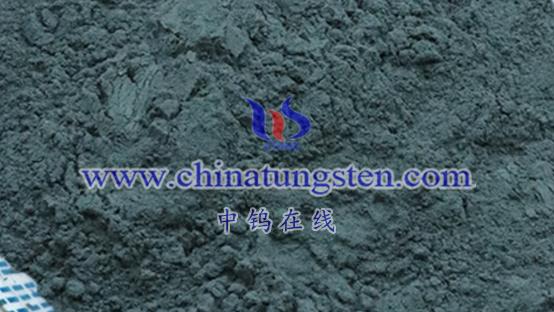
There are various methods for preparing oxygen vacancy nano tungsten oxide, aimed at introducing oxygen vacancies to alter the electronic structure and physicochemical properties of tungsten oxide, thereby enhancing its performance. Here are some common preparation methods:
- Chemical Reduction Method
The chemical reduction method involves using strong reducing agents to react with tungsten oxide, which reduces some oxygen atoms from the lattice, thereby introducing oxygen vacancies. For example, strong reducing agents like KBH₄ can react with tungsten oxide to produce nano tungsten oxide containing oxygen vacancies. This method is straightforward and allows for easy control of the oxygen vacancy concentration, making it a common technique for preparing oxygen vacancy nano tungsten oxide. - High-Temperature Treatment Method
The high-temperature treatment method takes advantage of increased thermal motion of oxygen atoms at elevated temperatures, causing some oxygen atoms to escape from the tungsten oxide lattice and create oxygen vacancies. For instance, tungsten oxide can be subjected to high-temperature treatment under hydrogen or inert gas (such as nitrogen) protection to obtain nano tungsten oxide with oxygen vacancies. This method typically requires prolonged treatment at high temperatures to ensure sufficient generation of oxygen vacancies. - Ultraviolet (UV) Irradiation Method
The UV irradiation method utilizes high-energy ultraviolet light to irradiate tungsten oxide materials, causing some metal-oxygen bonds to break and allowing oxygen atoms to escape from the lattice, thereby introducing oxygen vacancies. This method can be performed at room temperature and is relatively simple. However, it is crucial to control the irradiation time and intensity accurately to avoid excessive damage to the material. - Vacuum Activation Method
The vacuum activation method involves heating tungsten oxide materials under ultra-high vacuum conditions, reducing surface pressure and facilitating the escape of oxygen atoms to form vacancies. This method can effectively introduce oxygen vacancies on the material’s surface with minimal impact on its overall properties. However, it requires specialized equipment and technical support, making it more challenging to execute. - Other Methods
In addition to the methods mentioned above, there are other techniques for preparing oxygen vacancy nano tungsten oxide, such as sol-gel methods and hydrothermal methods. Each method has its advantages and disadvantages, and the choice of method depends on experimental conditions, desired properties of the end product, and cost considerations.
These methods represent some common approaches for preparing oxygen vacancy nano tungsten oxide, but they are not exhaustive. With advancements in technology and ongoing research, new preparation methods continue to emerge, providing more possibilities for the preparation and application of oxygen vacancy nano tungsten oxide.
Additionally, precise control of experimental conditions during the preparation process is crucial to ensure that the concentration and distribution of oxygen vacancies meet the performance requirements of the target product. Thorough characterization and testing of the prepared oxygen vacancy nano tungsten oxide are also essential to understand its performance characteristics and potential applications.
More details of tungsten oxide product, please visit website: tungsten-oxide.com
Please contact CHINATUNGSTEN for inquiry and order of tungsten oxide:
Email: sales@chinatungsten.com
Tel.: 86 592 5129595
